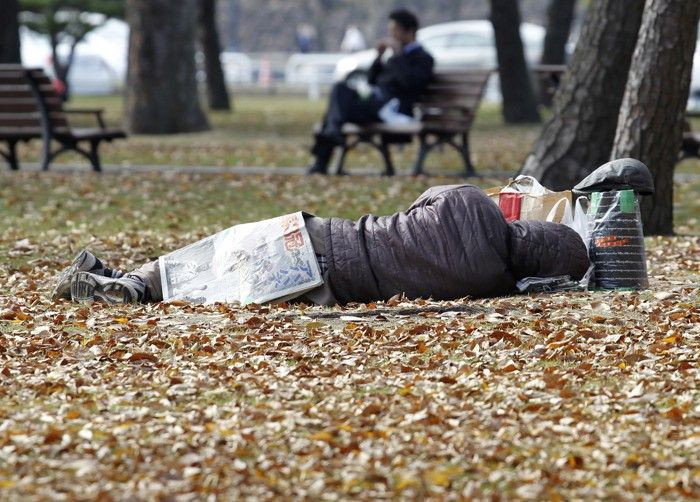San Francisco Fed-'natural' jobless rate has risen

Structural economic changes have likely pushed up the 'natural' rate of U.S. unemployment to about 6.7 percent, researchers at the Federal Reserve Bank of San Francisco said on Monday.
That's much higher than the 5 percent level that has been the historic norm, the researchers said in the latest edition of the San Francisco Fed's Economic Letter.
However, much of the increase is probably temporary, they wrote. And even if 6.7 percent does reflect a new normal for the natural unemployment rate, it is still so far below the current 9 percent jobless rate that labor market slack is expected to persist for years, they said.
The paper adds to a growing body of evidence that the current unemployment rate is elevated in part by factors beyond the scope of central bank policy -- skills mismatch between jobs and workers, for instance, or extended unemployment benefits that reduce the incentive for finding work.
Some policy makers, including Minneapolis Fed President Narayana Kocherlakota, have suggested that the rise in so-called structural unemployment could limit the effectiveness of Fed policy in bringing down the jobless rate.
With a higher natural rate of unemployment, the argument goes, troublesome wage and inflation pressures could start to build even when joblessness is relatively high.
Kocherlakota, who has suggested the natural rate of unemployment could now be as high as 8 percent, said earlier this year that the Fed may need to start rethinking its ultra-loose monetary policy by year's end in light of the higher natural jobless rate.
San Francisco Fed research associate Justin Weidner and director of research John Williams used four different methods to arrive at the conclusion that the natural rate of unemployment has indeed probably risen to somewhere between 6.1 and 7.7 percent.
But they suggested that inflationary pressures are still a distant concern, in part because the extension of unemployment benefits may account for about half the increase, and is likely to be a temporary effect.
One should be cautious in interpreting these recent patterns as compelling evidence of a permanent rise in the normal rate of unemployment, they wrote.
But even with a 6.7 percent natural rate, current and forecasted levels of unemployment imply that significant labor market slack will persist for several years. (Reporting by Ann Saphir; Editing by James Dalgleish)
© Copyright Thomson Reuters {{Year}}. All rights reserved.





















